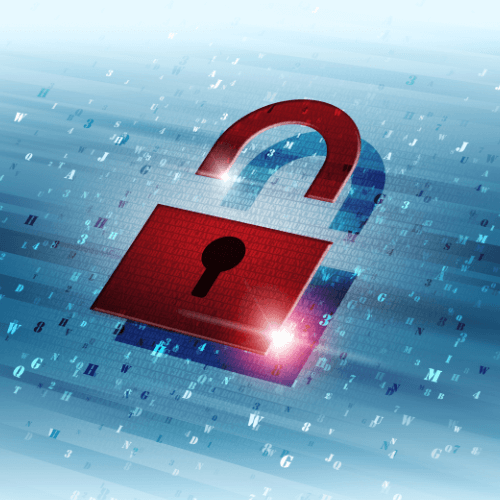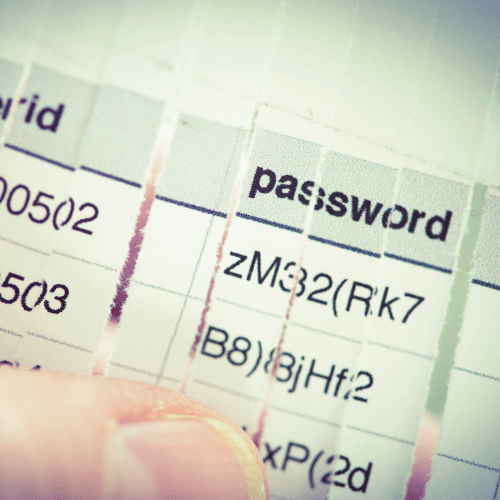
If you really want to stay protected while browsing the internet, it’s of utmost importance to beef up your security with as many options as possible. For example, it’s highly recommended to use two-factor authentication (2FA) everywhere it is available, but there is also another verification known as two-step verification (2SV). At first glance these two terms may seem to be the same thing, and some ‘experts’ are using the two as interchangeable terms – but there is an important difference between them.
And since they both have their own pros and cons in the way that they are used and their security it’s important to learn the distinction. The main idea is this, however: both methods aim to help users secure their account and add a secondary authentication layer to strengthen security.
In essence, human authentication relies on at least one of the following: either ‘something you know’ such as a password, or ‘something you have’ such as a device. In particular the latter commonly utilizes phones, smartwatches, or computers. With the rise of biometric authentication there is now additionally ‘something you are’, such as Touch ID using your fingerprint – but won’t be discussing this in this article.
When you authenticate yourself on iCloud, for example, you know the details that nobody else does. This is your password, which is used to distinguish you from other individuals. Whenever you log in the system is checking that the person claiming to be you knows this secret information, which is why we enter our username and passwords.
The problem with this method is that – in light of rising cyber attacks and password spoofing – single-key authentication isn’t enough anymore. It might be enough for certain services, but for an extra level of security it is smart to use two-key authentication. This is how the ‘something you know’ is combined with ‘something you have’. Both the two-step verification and two-factor authentication are based on ‘something you have’ as they assume that device registered to you (most commonly a smartphone) is to hand.
Two-step verification
 By enabling two-factor authentication, Apple and other companies have added another roadblock to stop attackers since they now have to steal two pieces of information, not only the password. Various security reports have shown that SMS-based verification codes aren’t as secure as the one-time passwords sent by Apple and generated by apps such as Google’s Authentication app or the popular Authy, as SMS messages can be stolen.
By enabling two-factor authentication, Apple and other companies have added another roadblock to stop attackers since they now have to steal two pieces of information, not only the password. Various security reports have shown that SMS-based verification codes aren’t as secure as the one-time passwords sent by Apple and generated by apps such as Google’s Authentication app or the popular Authy, as SMS messages can be stolen.

 István F.
István F.
 Adam B.
Adam B.




 By enabling two-factor authentication, Apple and other companies have added another roadblock to stop attackers since they now have to steal two pieces of information, not only the password. Various security reports have shown that SMS-based verification codes aren’t as secure as the one-time passwords sent by Apple and generated by apps such as Google’s Authentication app or the popular Authy, as
By enabling two-factor authentication, Apple and other companies have added another roadblock to stop attackers since they now have to steal two pieces of information, not only the password. Various security reports have shown that SMS-based verification codes aren’t as secure as the one-time passwords sent by Apple and generated by apps such as Google’s Authentication app or the popular Authy, as 



User feedback